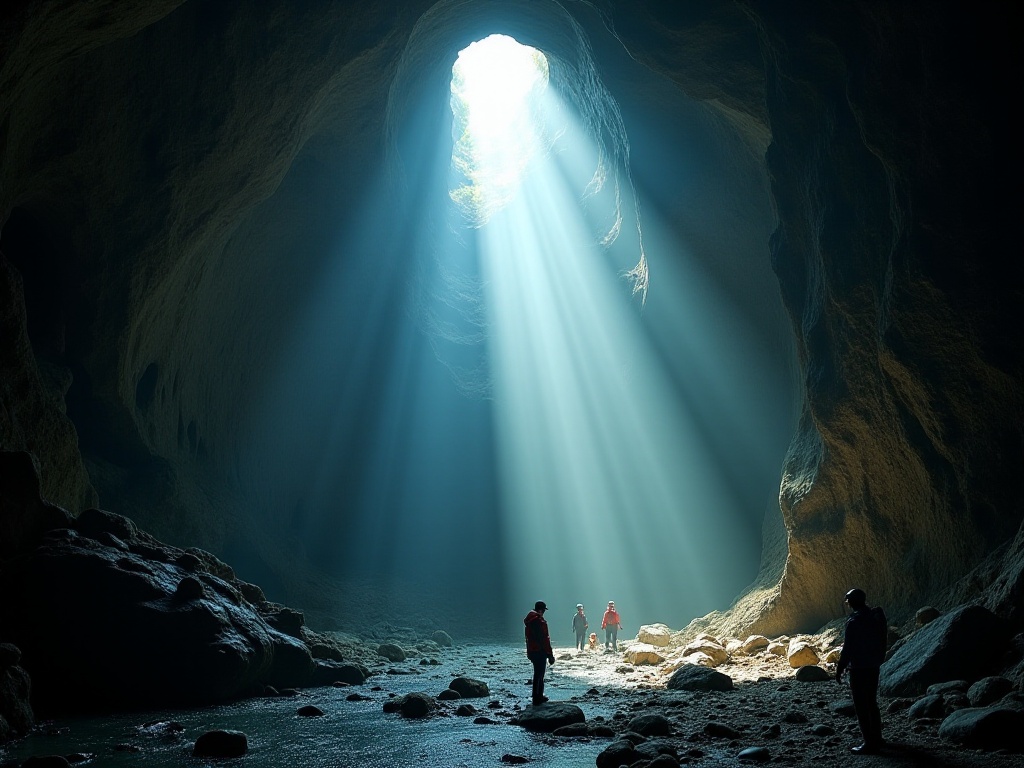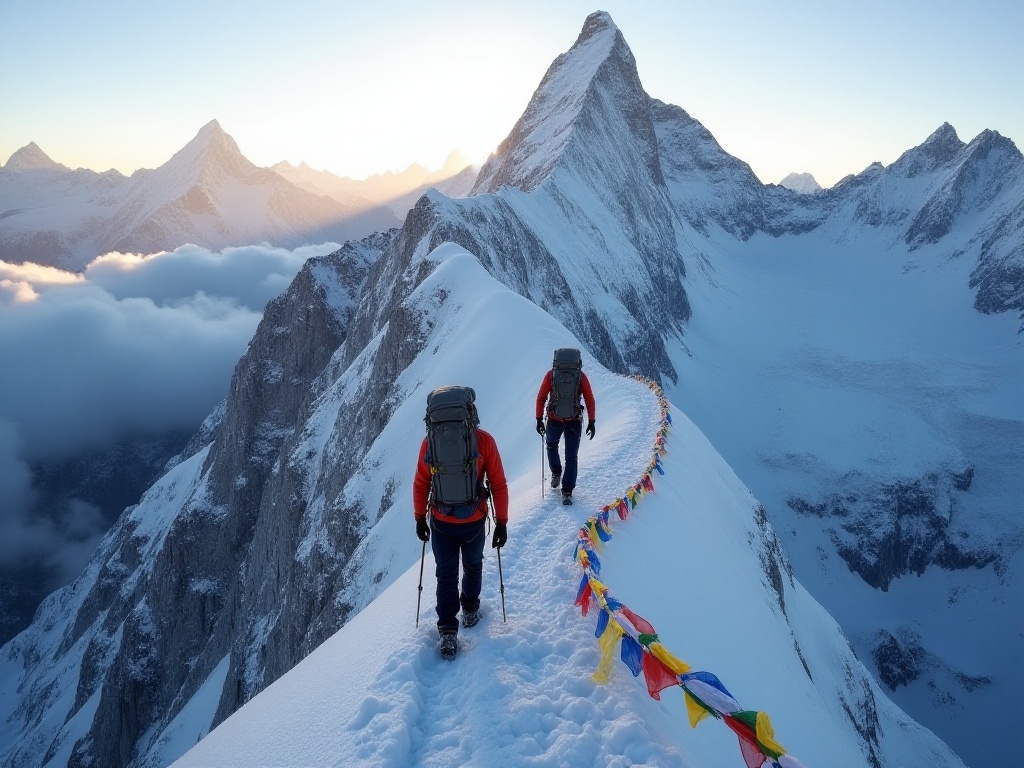Opening Thoughts
In this fast-paced world, I always felt something was missing in life. It wasn't until I set foot in the Scottish Highlands that I realized what we lacked was a genuine connection with nature. On this mysterious land, there were no overwhelming short videos, no endless social media notifications, and even basic phone signals were intermittent. But it was precisely this "disconnected" experience that helped me find the deepest inner peace.
Imagine standing at a highland peak, surrounded only by howling winds and circling eagles - doesn't it feel like the whole world has fallen silent? This feeling is something urban life can never offer us. Today, let me take you into this heavenly realm among the clouds to experience a true off-grid adventure.
Highland Impressions
When I first set foot on the Scottish Highlands, I was deeply moved by the scenery. If the Swiss Alps' beauty is refined, then the Scottish Highlands' beauty is wild. Every inch of land here tells its own story, every landscape looks like a scene straight out of an epic film.
I remember standing at the edge of Glencoe Valley, gazing into the distance, the scene before me reminded me of scenes from "The Lord of the Rings." The vast wilderness was covered in purple heather, like a magnificent purple cloak draped over the earth. The distant mountains rose and fell gracefully, sometimes shrouded in mist, sometimes gleaming in the sunlight. Clear lakes like sapphires set in the earth reflected the ever-changing sky.
While hiking in the highlands, you'll discover the incredibly rich terrain variations. Steep cliffs inspire awe, deep valleys seem capable of swallowing everything, while the rolling hills give a gentle, welcoming feeling. Especially during sunrise and sunset, when sunlight hits this land at different angles, the entire landscape presents completely different aspects.
What impressed me most was the highlands' unique weather. The weather changes here are arguably the most "capricious" I've ever seen. You might be enjoying warm sunshine in the morning, encounter pouring rain at noon, and then suddenly clear skies in the afternoon. This changeable weather not only adds mystery to the highlands but also provides endless creative possibilities for photography enthusiasts.
The highland ecosystem is also unique. Many wild animals inhabit this area, like the iconic Highland cattle, whose long hair flowing in the wind looks particularly majestic. Additionally, you might encounter alert red deer, often appearing on hillsides at dawn or dusk to forage. If you're lucky, you might even see golden eagles soaring in the sky - a spectacular sight.
Walking in the highlands, you'll feel an unprecedented sense of freedom. There are no urban restrictions here, no fixed sightseeing routes; you can explore entirely according to your wishes. Of course, this also means you need more responsibility and self-protection awareness.
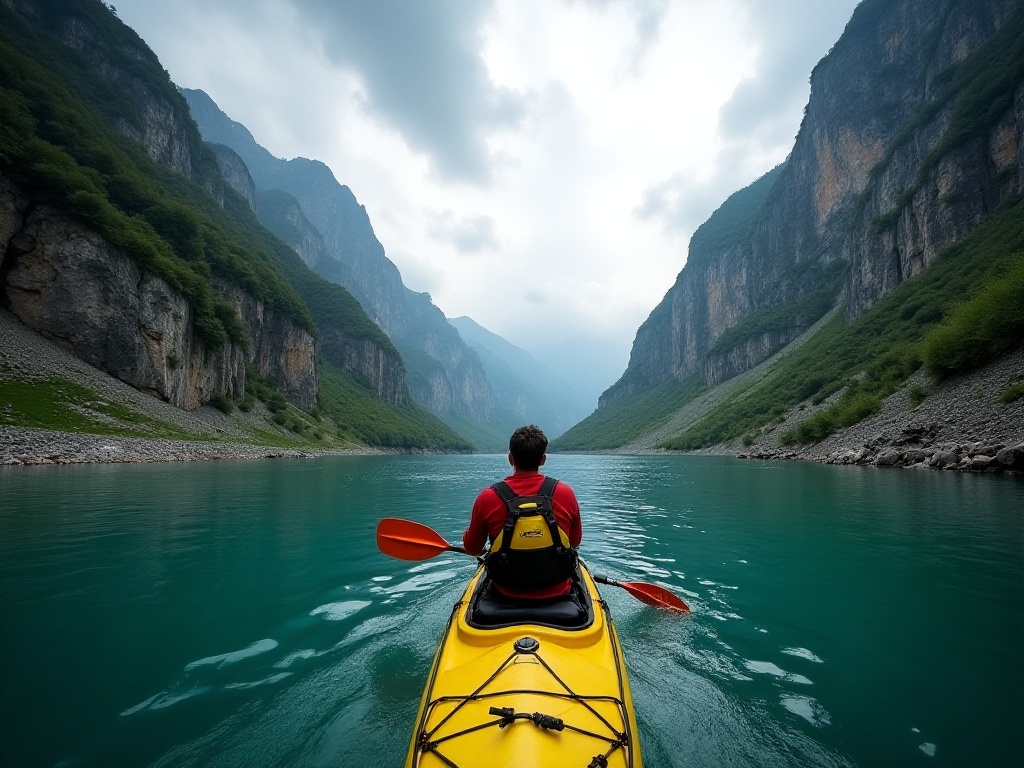
Summit Challenge
Speaking of highland adventures, we must mention the aspiring Ben Nevis. As Britain's highest peak, its presence is like an eternal call, attracting adventurers from around the world. But honestly, when I first stood at its foot looking up, I felt somewhat intimidated.
This 1,345-meter mountain, though not particularly high among world-famous peaks, becomes a formidable challenge due to its unique geographical location and climate conditions. The summit attempt takes 7 to 9 hours - a timeframe that might not sound too long but is definitely a test of willpower in reality.
I'll never forget my first summit attempt. That morning when we set out, the weather was surprisingly good - blue skies, white clouds, sunshine - perfect climbing weather. But halfway up, the weather suddenly changed: dark clouds gathered, thunder and lightning struck. The highlands' characteristic changeable weather manifested itself perfectly in that moment.
But it's precisely this uncertainty that makes mountaineering more meaningful. You never know what you'll encounter next - it could be an amazing sea of clouds, a group of wild animals foraging on the slopes, or a sudden storm. Every step is unknown, every moment a surprise.
The summit route can basically be divided into three sections. The first section is relatively gentle, mainly walking on gravel paths at the mountain's foot, when you can still maintain a relaxed mood and enjoy the surrounding scenery. The second section becomes steeper, with more complex terrain, requiring constant adjustment of breathing and pace. The final section is where the real test begins - not only is the slope steeper, but the air also becomes thinner, requiring great willpower for every step.
However, when you finally stand at the summit, all fatigue vanishes. Looking around, the entire Scottish Highlands spreads before you - continuous mountain ranges, dotted lakes, villages appearing and disappearing, forming a magnificent panorama. Especially on clear days, you can even see the North Sea in the distance.
At the summit, I've met climbers from around the world. Some were professional climbing teams, some solo traveling backpackers, and others families challenging together. Though from different countries speaking different languages, we gathered here for the same goal - that feeling was truly amazing.
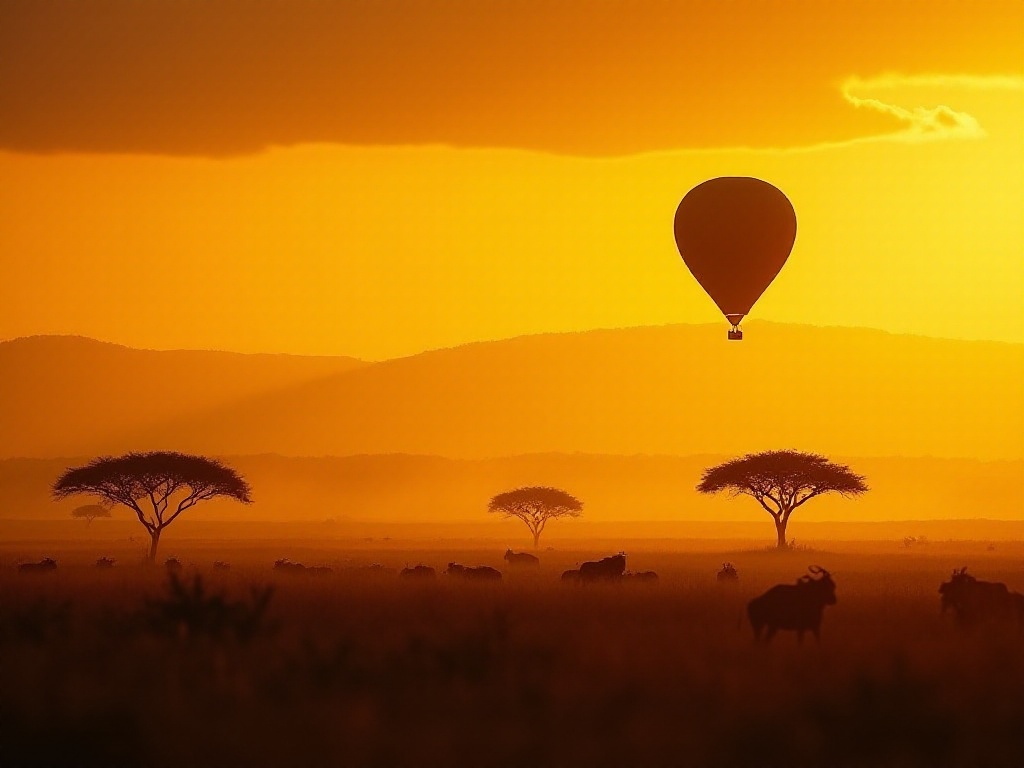
Adventure Guide
To truly appreciate the highlands' charm, one or two days is far from enough. Based on my experience, you need at least three days to make this adventure more complete and in-depth. Next, I'll share my detailed adventure route planning.
For the first day's itinerary, I suggest starting from Inverness, the gateway city to the highlands. After a brief morning tour of this historically rich city, you can begin driving west along the world-famous Great Glen Road. This road, rated among the world's top ten most beautiful roads, will definitely open your eyes.
The scenery along the way is simply a visual feast. The winding road threads through mountains like a ribbon, each turn bringing new surprises. Especially when passing through Glencoe Valley, the towering cliff walls on both sides give you a sense of being in an epic movie scene. I suggest stopping several times along the way to find scenic spots with open views for photos. But note that on some sections you might encounter Highland cattle leisurely occupying the road - at these times you must remain patient and wait for them to move.
For the first day's endpoint, you can choose to stay in a small town near Glencoe Valley. Though not as well-equipped as big cities, the rustic highland town atmosphere has its own charm. In the evening, you can visit a local pub - you might meet some interesting locals and hear their highland legends and stories.
The second day is the highlight of the entire journey - challenging Ben Nevis. Preparation for this day is especially important as you'll spend the whole day on the mountain. First, ensure you bring enough supplies, including plenty of water, energy bars, chocolate, and other high-calorie foods. Second, hiking poles are essential equipment - they not only help maintain balance but also reduce knee strain.
Many people might ask: Is climbing really that difficult? Honestly, Ben Nevis's technical difficulty isn't high - you don't need professional climbing skills. The real challenge is endurance; you need to maintain a steady pace, adjust your breathing rhythm, and slowly ascend. This process might be tough, but when you finally stand at Britain's highest point, looking down at the sea of clouds below, all the effort becomes worthwhile.
For the third day's itinerary, I strongly recommend experiencing Glencoe Valley in depth. This place not only has tragic history - the famous Glencoe Massacre occurred here - but is also a paradise for outdoor sports enthusiasts. The valley has many hiking routes of varying difficulty to choose from, from simple valley floor walks to challenging ridge traverses - you can find routes suitable for yourself.
Walking in the valley, you'll discover that every scene here is like a natural painting. Small waterfalls often cascade down steep walls, with the sound of streams accompanying the entire journey. If you're lucky, you might see wild red deer running on distant slopes - that scene will definitely be unforgettable.
Of course, this is just a basic itinerary suggestion; you can completely adjust it according to your interests and physical condition. For example, if you're interested in history, you can spend more time visiting castles along the way; if you like photography, you can choose to visit suitable photo spots during sunrise and sunset.

Equipment Recommendations
In highland adventures, equipment choice directly affects your experience quality. Through multiple adventure experiences, I've deeply felt the troubles caused by insufficient equipment. So for this part, I want to be particularly detailed.
First, the most important thing is to remember one core principle: in the highlands, weather is always the biggest variable. I've seen too many people have to interrupt their journey due to inadequate preparation. A good waterproof jacket is essential - preferably one with good breathability, so it can both protect from rain and prevent you from feeling stuffy during activity.
Warm clothing is also crucial. Even in summer, summit temperatures can be very low, and with strong winds, you can easily feel uncomfortable without sufficient warm layers. I recommend the "three-layer dressing method": the innermost layer is quick-drying functional underwear, the middle layer is warm fleece, and the outer layer is windproof and waterproof jacket. This combination can handle various weather changes.
Shoe selection is also vital. A suitable pair of hiking boots can make your journey much easier, while unsuitable shoes might turn the entire journey into a nightmare. Hiking boots must be waterproof, preferably made of waterproof-treated genuine leather or high-grade waterproof materials. Sole grip is also important because highland terrain is complex - you might encounter wet rocks or muddy paths.
Backpack selection also needs careful consideration. For day hiking, a 20-30 liter backpack is sufficient, but ensure the backpack itself is waterproof or equipped with a rain cover. Besides basic supplies, reserve space for spare clothing because highland weather is unpredictable - you might need to add or remove layers at any time.
Additionally, some small items are also important: sunscreen (don't think you won't get sunburned on cloudy days), hat (both for sun protection and rain), gloves (windy at summit and might need climbing), map and compass (don't completely rely on phone navigation), first aid kit (including some basic medicines and treatment tools).
What's most important? A heart ready to face challenges. In the highlands, you might encounter various unexpected situations requiring immediate plan adjustments. Maintaining calm and positive attitude is often more important than the best equipment.
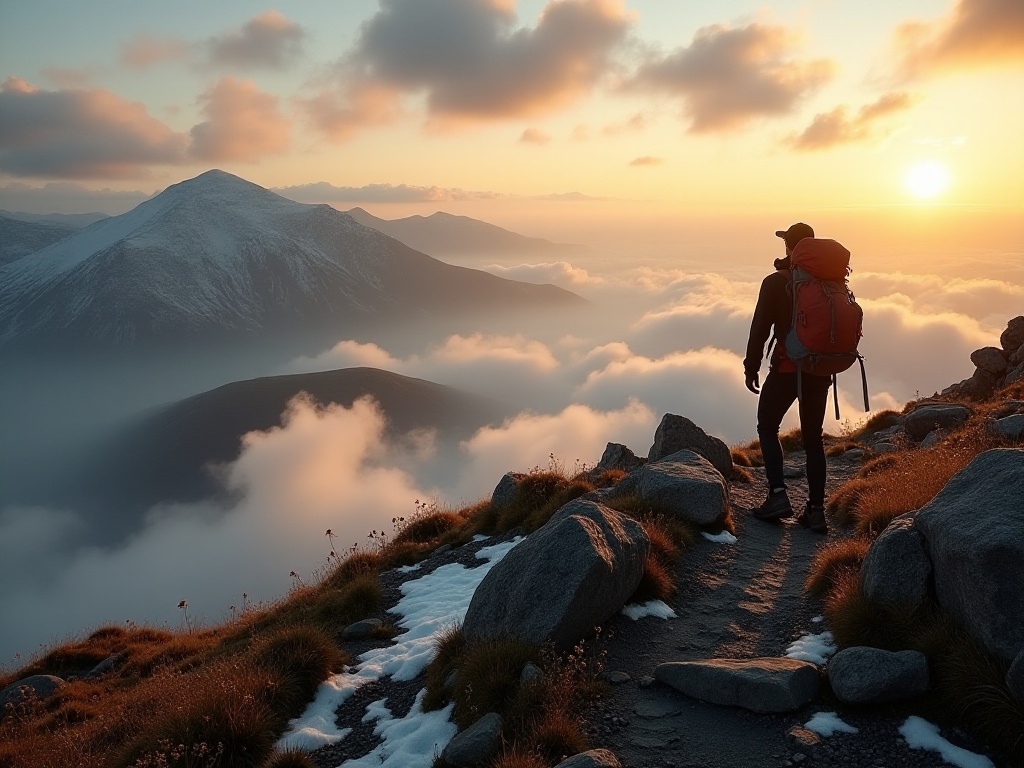
Deep Experience
Highland adventure is far more than just a physical challenge; it's a journey of spiritual purification. On this land far from modern civilization's noise, you can truly experience what loneliness and tranquility mean.
I remember once hiking alone in the mountains, completely without phone signal. Initially, I felt somewhat uncomfortable, unconsciously wanting to check my phone. But gradually, I began to enjoy this sense of isolation. No social media interference, no work email troubles, just the path under my feet, the wind in my ears, and my inner voice.
During one rest, I met a local shepherd over seventy years old. He had lived in the highlands for most of his life and had deep feelings for this land. He told me: "The most important lesson the highlands taught me is that humans should never try to conquer nature, but should learn to live in harmony with it." This statement gave me a deeper understanding of adventure.
Indeed, in the highlands, you'll constantly be struck by nature's power. When you stand at the summit, watching clouds roll beneath your feet, hearing wind howl in your ears, you'll truly feel how small humans are before nature. But it's precisely this sense of smallness that helps us find the right way to coexist with nature.
Every landscape in the highlands tells its own story. Those ancient castle ruins have witnessed countless historical rises and falls; those deep valleys preserve traces of geological changes; even a wildflower by the road tells about life's tenacity in its own way.
Particularly worth mentioning are highland sunrises and sunsets. When the first ray of sunlight pierces through clouds, spilling onto continuous mountains, the whole world seems coated in gold. And when the sun sets, the last rays paint the sky in brilliant orange-red, that stunning beauty will be unforgettable for life.
In the highlands, you can also meet many like-minded adventurers. Though from different parts of the world, speaking different languages, everyone shares a reverence for nature, this resonance quickly builds friendship between strangers. I often hear other adventurers share their stories in mountain cabins - everyone's experience is so unique and wonderful.

Final Words
Highland adventure is far more than just an ordinary outdoor activity; it's a true journey of self-discovery. On this mysterious and magnificent land, you'll rethink the relationship between humans and nature, experiencing the purest wild beauty.
Everyone might have different purposes for coming to the highlands. Some come to challenge themselves, some seek inspiration, some just want to temporarily escape urban noise. But regardless of the reason, this land can give you unique gains.
If you're also planning to adventure in the Scottish Highlands, my advice is: slow down, feel this land's pulse. Don't be too fixated on completing set itineraries; sometimes the most beautiful scenery lies outside the plan. Remember, true travel isn't about reaching the destination, but about every moment along the way.
Standing on a highland peak, watching clouds gather and disperse, listening to wind whisper and birds sing, you'll feel the whole world has fallen silent. Here, you can temporarily put down all troubles and focus on each present moment. This is perhaps the highlands' greatest charm - it can help us find inner peace again.
Are you ready to welcome this journey among the clouds? I believe, whether it's your first time in the highlands or you're a frequent visitor, this land can always bring you new surprises and touching moments. Looking forward to meeting you by chance at some mountain corner.







